
After the merger, Tan Thanh commune has a coastline of about 23.5 km, with a total of 135 fishing boats operating at sea and more than 500 basket boats operating in coastal waters.
This place is considered to have rich and diverse aquatic resources, with many important ecosystems including coral reefs, seagrass beds, and rocky reefs; in particular, many bivalve mollusc species are distributed with high density along the coast of the province.
In 2016, the Co-management pilot model was implemented in Thuan Quy commune and by 2018 was expanded to Tan Thanh, Tan Thuan with the main subjects being razor clams, coral reef ecosystems, octopus, snails, etc. These are the first community organizations in the country to recognize and assign the right to protect aquatic resources according to the 2017 Fisheries Law.
Mr. Dau Trong Trung - Chairman of Tan Thuan Fishermen's Community Association shared: "This is a coastal commune, so the whole commune is mainly small fishing boats. With the current number of members participating in the 3 coastal communities association is 288 people, implementing the Co-management model in protecting aquatic resources with the assigned sea area of 43.4 km2.
In recent years, aquatic resources and marine ecosystems in the co-management area have developed strongly, reproducing abundantly in the reefs of Hon Lan, Mui Ngua, Suoi Nhum, etc. Particularly, bivalve aquatic products such as razor clams, brown clams, silk clams, etc. have recovered on the seabed, bringing income to fishermen working in the marine exploitation industry.
That result is enough to prove that the association operates effectively, the aquatic resources here have revived surprisingly. Those who left the sea before have all returned to do good business.
It is known that the main activities of fishermen in this coastal area are fishing, fishing, and trapping snails and squid with seafood: herring, anchovy, sardines, croakers, silver pomfret, mackerel, squid, cuttlefish, shrimp, crabs... Based on experience and season, fishermen use appropriate types of nets (fishing nets, crab nets, snail traps...).
Therefore, many fishermen believe that, in addition to implementing the Co-management model, helping to create sustainable livelihoods for the fishing community in the area, the potential for marine tourism also needs to be exploited to increase income for people, as well as create excitement and bustle in the Tan Thanh sea area.
MSc. Lai Duy Phuong - Institute of Marine Research - under the Ministry of Agriculture and Environment, during his visits to survey the Tan Thanh sea area, said: "The sand at the bottom of this sea area contains a proportion of mud and many mollusk shells.
The water area often has tidal currents, the maximum speed at the surface can reach 54 cm/s. Therefore, it fully meets the criteria for forming a suitable fishery extension model, contributing to the development of sustainable aquaculture, associated with environmental protection and can aim towards the development of eco-tourism and community tourism.
Accordingly, Mr. Phuong proposed 3 models such as: extensive cockle farming in Thuan Quy sea area, green mussel farming at Hon Lan - Tan Thanh cape and Pacific oyster farming.
According to members of the Fishermen's Community Association, when the model of marine farming with appropriate adopted animals is implemented, as well as creating conditions for fishermen to develop eco-tourism and systematic experiential tourism such as: squid fishing, snail catching, visiting cages, rafts...; the Co-management model of the Fishermen's Community Association here will be spread more strongly.
Accordingly, there is not only cooperation between fisheries control, border guards and fishermen, but also expanded to tourism businesses and tours, ensuring the sustainability of economic and environmental activities in the community, and the income of coastal people is increasingly improving.
Source: https://baolamdong.vn/phat-trien-du-lich-tu-cac-hoi-cong-dong-ngu-dan-388797.html



![[Photo] Prime Minister Pham Minh Chinh chairs meeting of National Steering Committee on International Integration](https://vphoto.vietnam.vn/thumb/1200x675/vietnam/resource/IMAGE/2025/8/26/9d34a506f9fb42ac90a48179fc89abb3)
![[Photo] Brilliant red of the exhibition 95 years of the Party Flag lighting the way before the opening](https://vphoto.vietnam.vn/thumb/1200x675/vietnam/resource/IMAGE/2025/8/27/e19d957d17f649648ca14ce6cc4d8dd4)
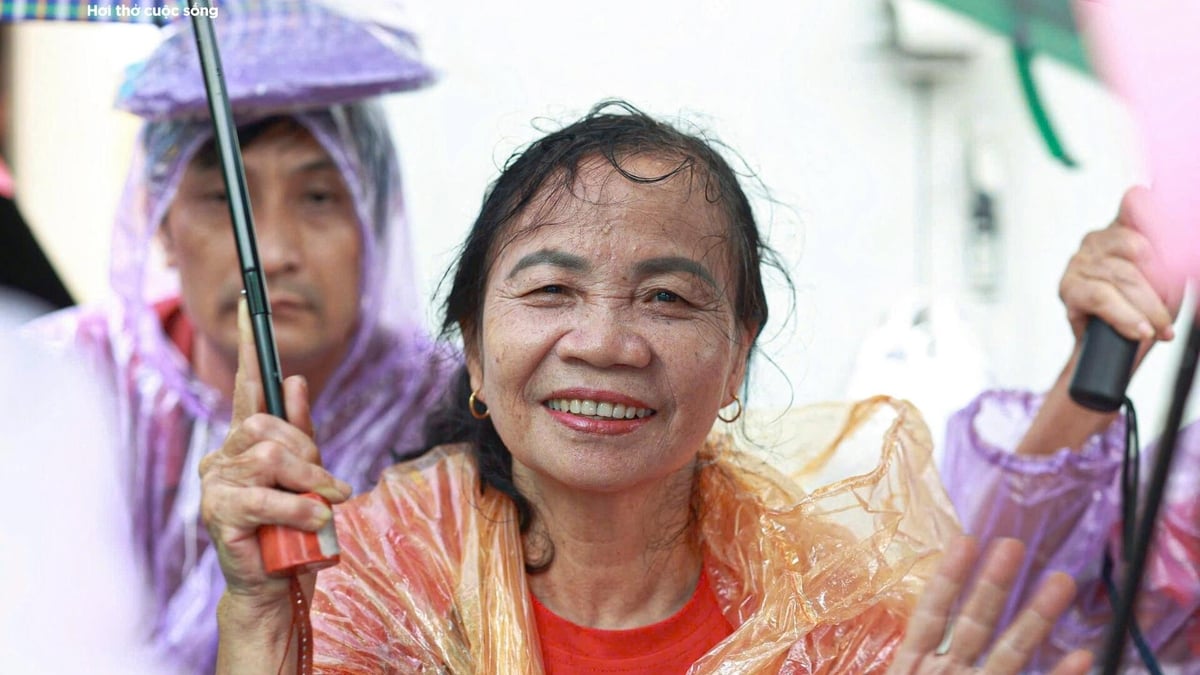
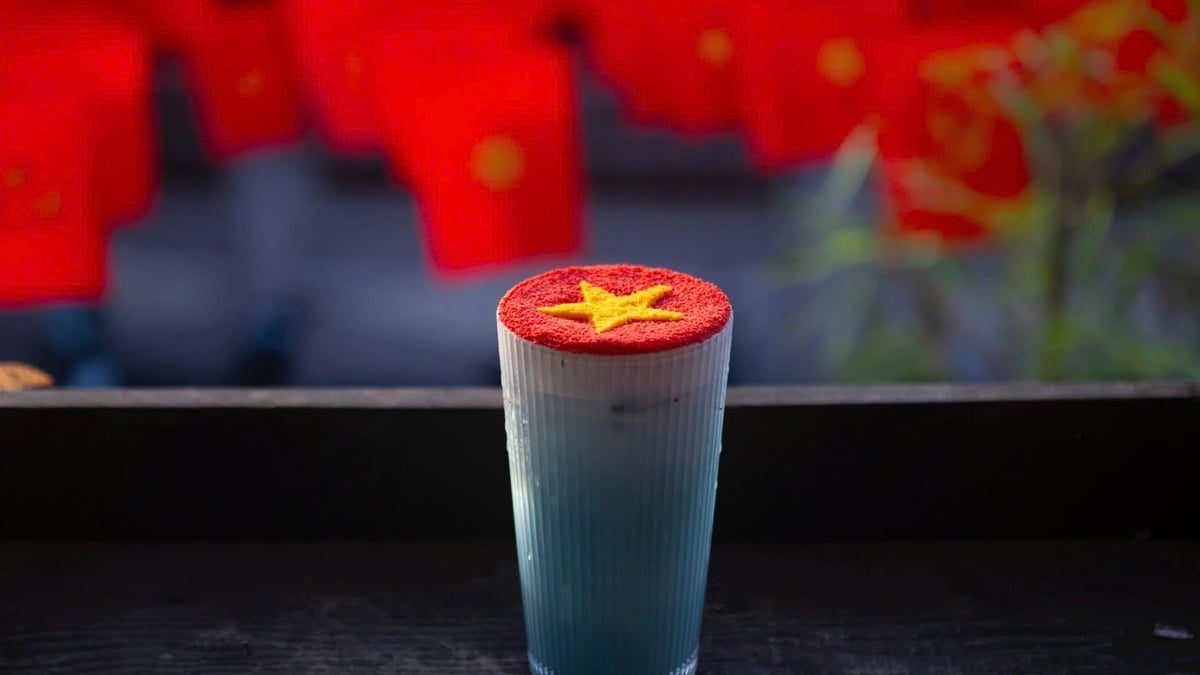
![[Photo] Many people eagerly await the preliminary review despite heavy rain](https://vphoto.vietnam.vn/thumb/1200x675/vietnam/resource/IMAGE/2025/8/27/4dc782c65c1244b196890448bafa9b69)

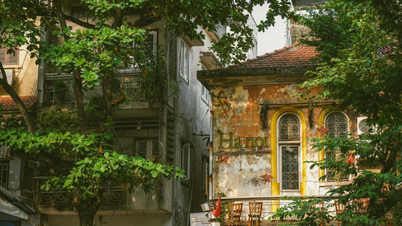




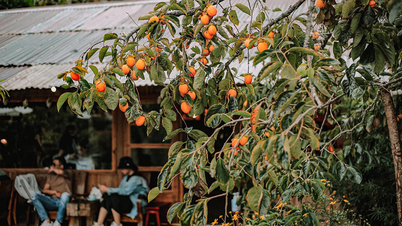
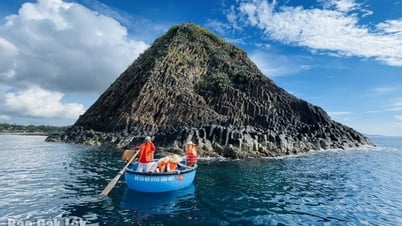

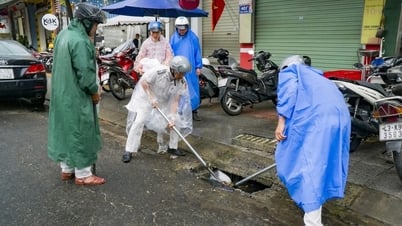

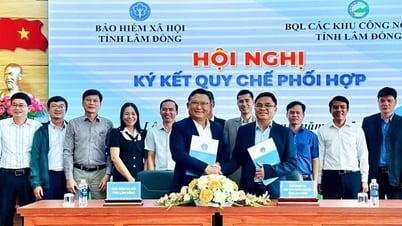

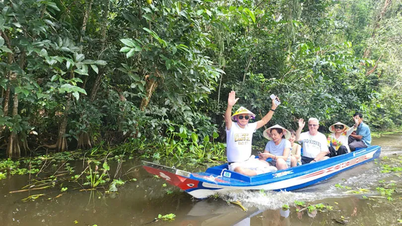



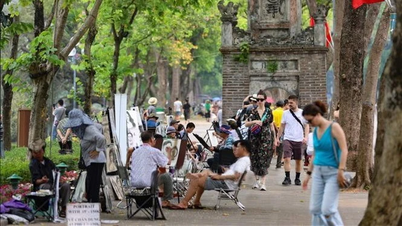

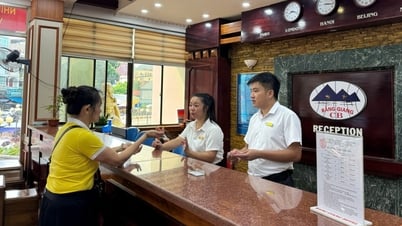





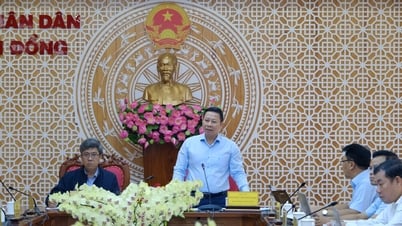
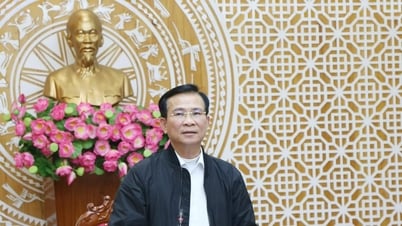
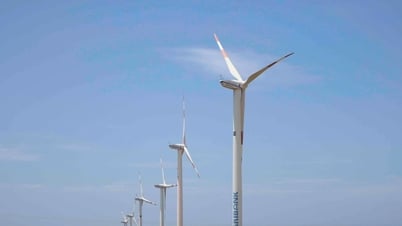
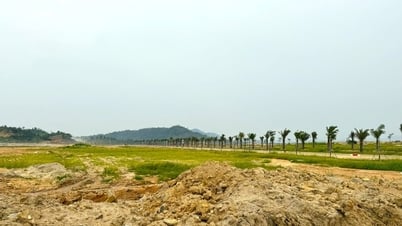
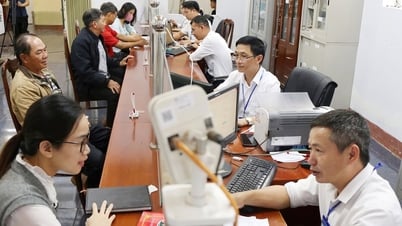
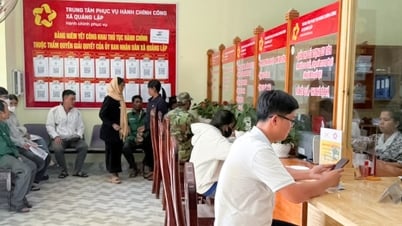
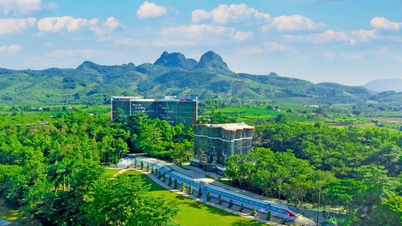

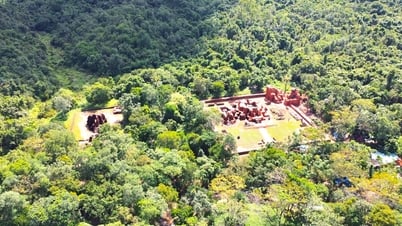
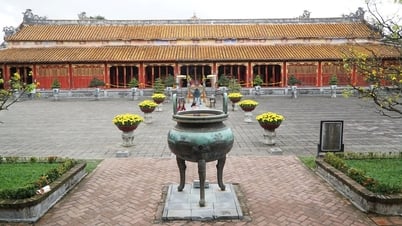

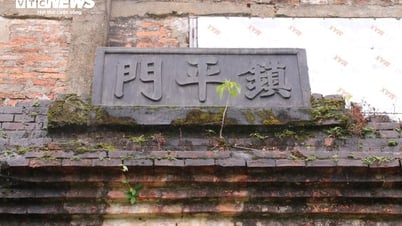

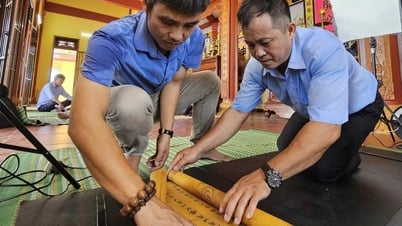





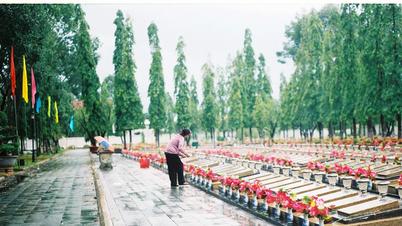

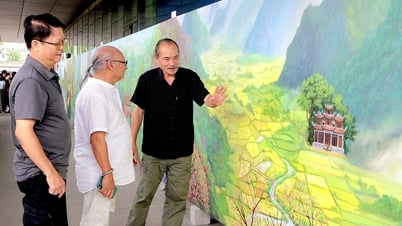

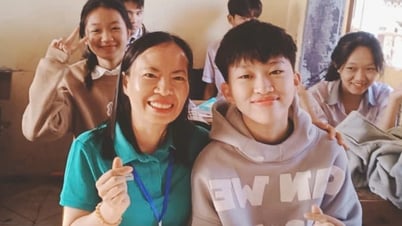



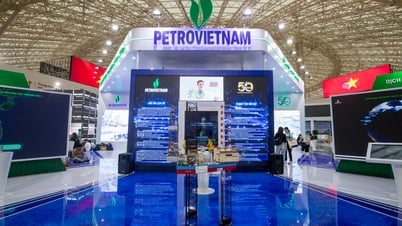
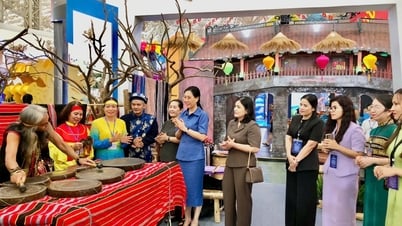

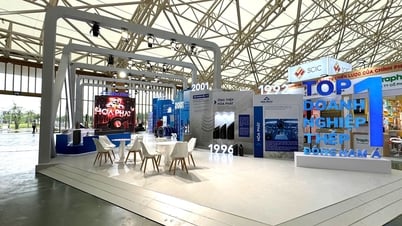

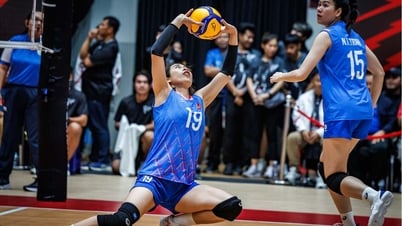


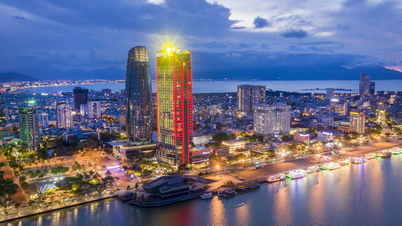
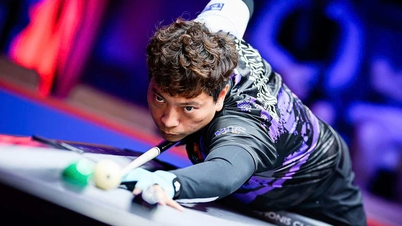
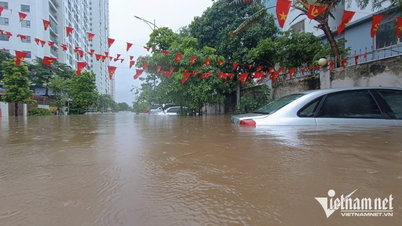
![[Photo] General Secretary To Lam attends Meeting with generations of National Assembly deputies](https://vphoto.vietnam.vn/thumb/402x226/vietnam/resource/IMAGE/2025/8/27/a79fc06e4aa744c9a4b7fa7dfef8a266)
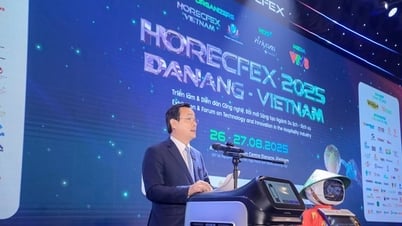

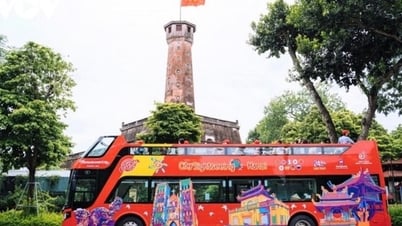
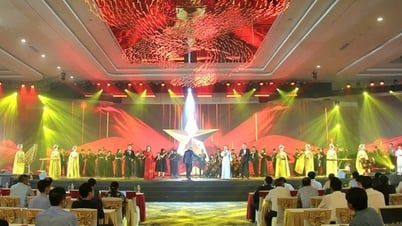
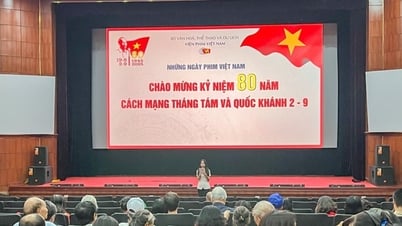
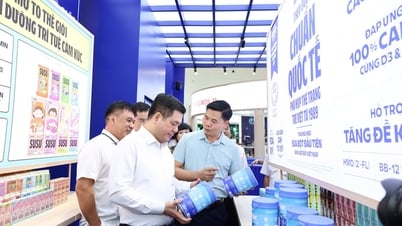

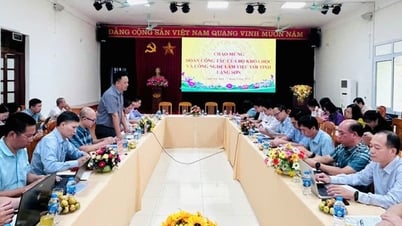

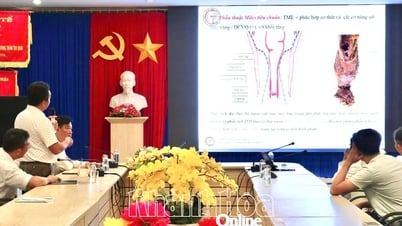

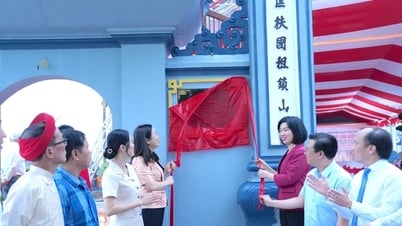

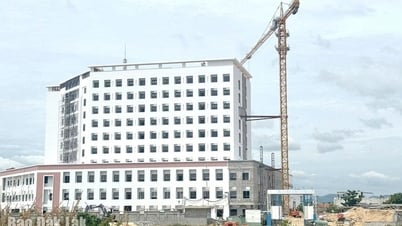

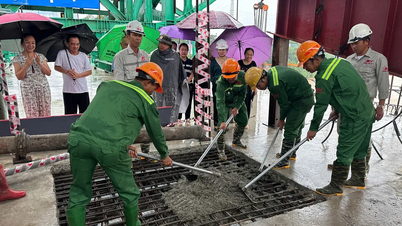
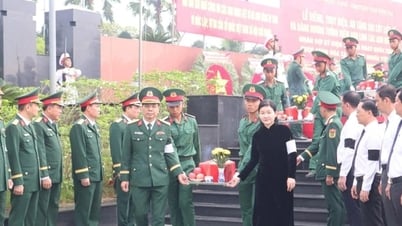
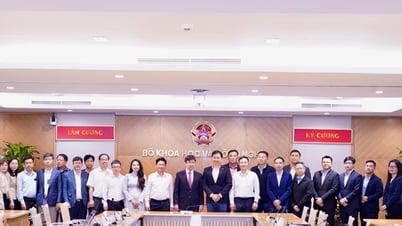


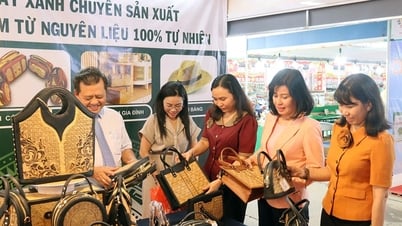
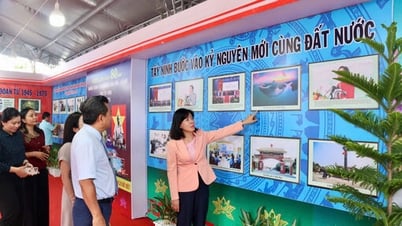








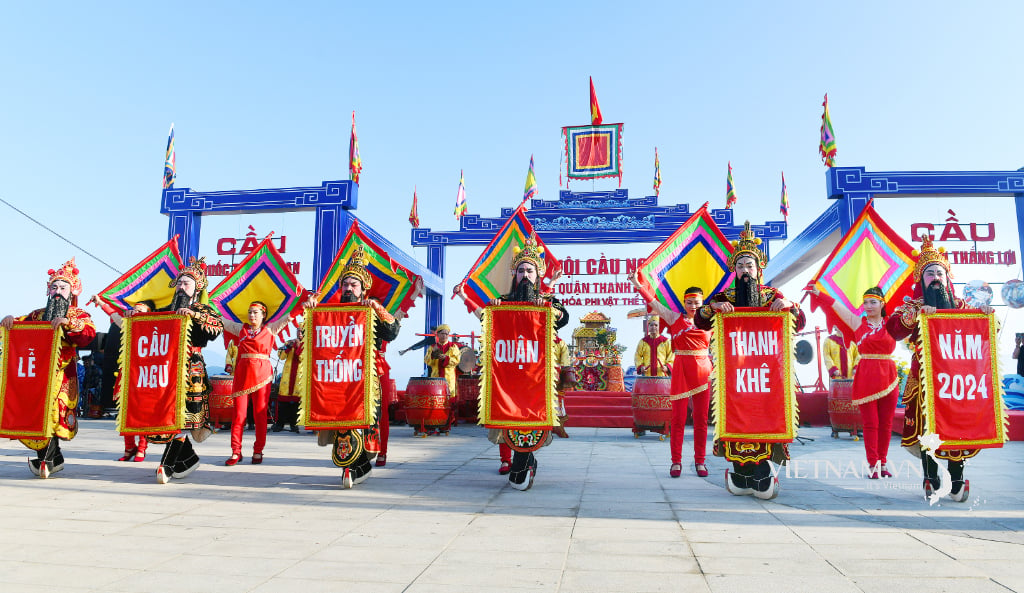

Comment (0)